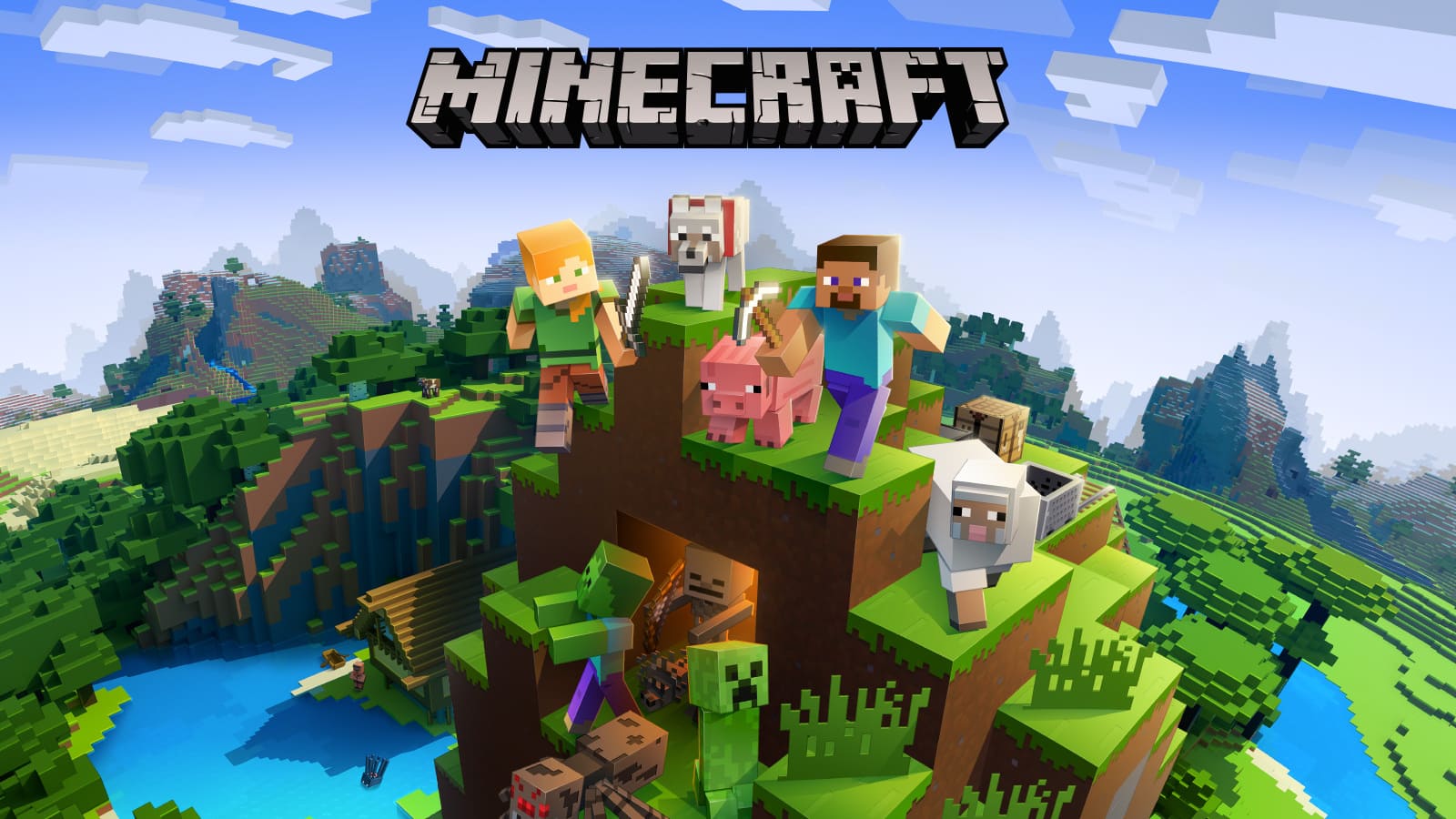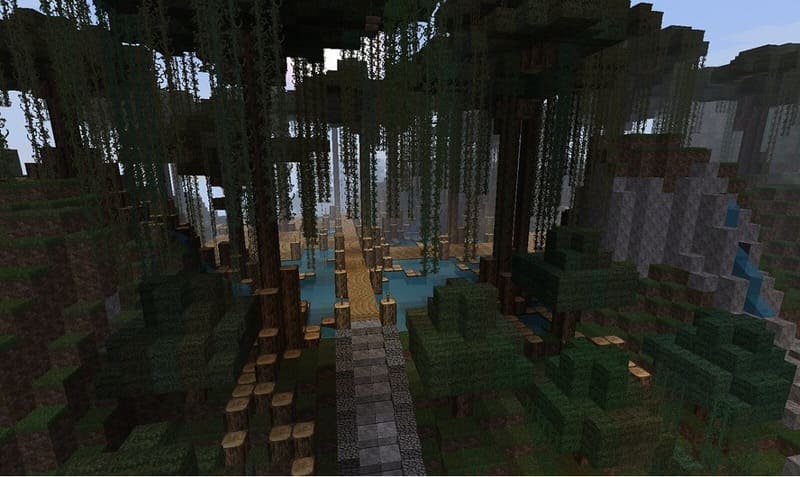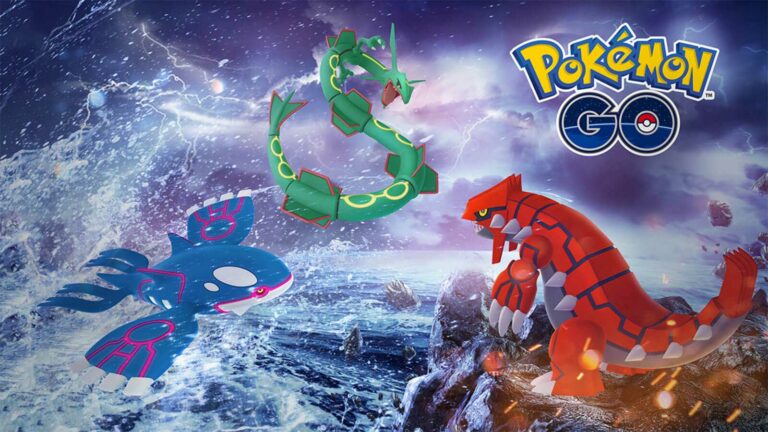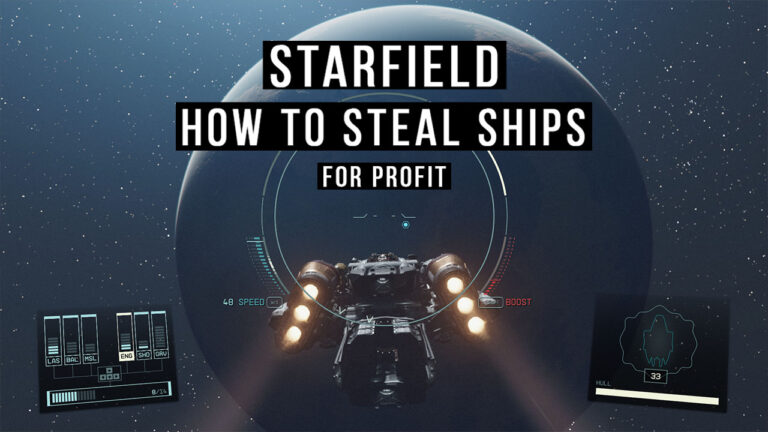Minecraft: An Indie Game Shattering the Mainstream Market

The videogame industry is a highly profitable, yet extremely competitive scene. With countless games being released every year, only a few manage to break through the market. Considering how massive, highly successful companies and big production teams work on so many projects; one can only imagine how difficult it must be for an individual developer, or even a small team with not nearly as many resources.
That is essentially what qualifies as an Indie game, a project that is worked on by a relatively smaller group of people, trying to find a footing in this massive industry. What is fascinating about this genre though, is the fact that Indie developers know they cannot compete big companies in terms of production, or graphical quality, which often times forces them to think outside the box, and get creative in order to succeed.
Of course, there are successful games, qualifying as Indie, that do try to emulate the triple A games in terms of production, like Hellblade, or The Forest, but most of the time the genre tends to focus on other aspects. Whether that is story driven, psychological horror like Omori or relatively simple, 2D platform games like Cuphead.
The main topic of today’s discussion though, is perhaps the greatest sandbox/adventure game of all time, the game known by all, shattering all expectations and the limits of the Indie genre, Minecraft.
Minecraft Origins
Although it would be absurd nowadays, to label Minecraft as an Indie game, we have to remember the humble beginnings and origins. Surprisingly coded in Java, a programming language not necessarily known for game development capabilities, Minecraft was first created on a weekend by a single person, a Swedish developer Notch, who would later on focus entirely on the game, create a small, legendary team Mojang, and complete the project in 2011.
Minecraft was an instant success, selling millions of copies worldwide in the year of release. Clearly, focusing on the game was the correct choice from Notch, and Mojang, who would only continue to expand on their success, implementing more and more changes to make the game even larger.

What is The Key to Minecraft’s Success?
While the Creative mode of the game, which allowed players to build constructs without restrictions, choosing out of the massive pool of blocks and other items, was certainly fun, the thing that truly made Minecraft iconic is the implementation of Survival mode.
As the name would suggest, this mode added the survival element to the game, and paired with sandbox, damn near infinitely generating world, and RPG elements, the mode became extremely popular.
The simple premise is the player spawning in a huge world, with nothing to their name in terms of resources, and full freedom to navigate and explore all the exciting things they are offered, while trying not to die to various different monsters and entities that will hunt them during nighttime. The game almost triggers something primal in the consumer, the want to explore the unknown, tackle all the challenges that lay ahead, and expand.
While there is no official ending to the game, the player base set a final goal of the survival mode themselves, and that is the slaying of the Ender Dragon, and freeing the dimension of End from it. In order to achieve this, a player must come a long way from their empty inventory, and the depleted hunger bar, while learning more and more about what this game truly has to offer.
For many players, nothing compares to the feeling of discovering new crafting recipes, encountering various mobs like Enderman for the first time, building their first house from scratch, or discovering their first diamonds, realizing that there is so much more to do in this world, than anyone could have initially imagined.
It is a struggle, a process of ups and downs and slow, gradual progress. But, as you overcome all challenges and look back at the humble starting point, observe the long path that you have completed to get to a certain position, the journey will speak for itself.
Online Minecraft
The first and most popular way the game broke through the online sphere, was experiencing survival mode together with someone. This later on expanded to online servers, where hundreds of players would come together in order to co-operate, or most of the time go to war with each other. During this time, the hunger games were also popular, where players would combat each other on a relatively big map.
What is extremely popular nowadays though, is the mini games on the servers. We can take ones that focus on RNG aspects for example – skywars and lucky block, which give the players randomized loot on small islands, where the last man standing wins.
Of course, these mini games target the inherent thrill that comes with having randomized rewards – the gaming element that has been emulated by top-ranked, RNG-certified online slots. Utilizing the random number generator technology, slots like Animal Wilds, and 777 Deluxe provide rewards in an arbitrary manner. This not only ensures the fairness of the gambling experience but also provides intermittent positive reinforcement, which builds up thrill and anticipation in players.
Regardless though, there are thousands of active servers nowadays, all pulling a decent number of concurrent players, still, 12 years after release of Minecraft. It is remarkable for any game to have such longevity, and to stay relevant for so long. Truly speaks of the quality, as well as the love the community has for Minecraft.





